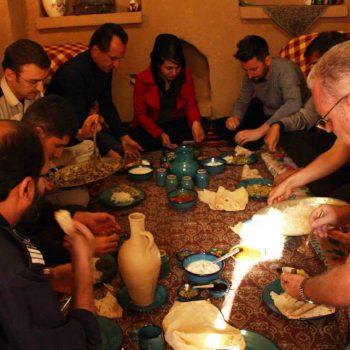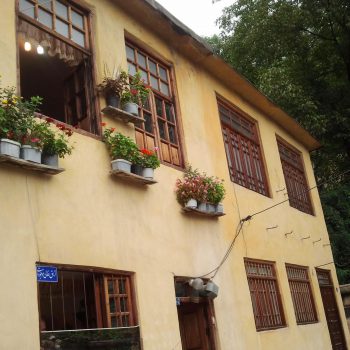Rural Tourism In Iran
It is a fantastic choice to escape to the countryside and feel the freedom of the rural life. we combine overnight stays in traditional villages with visits to historical sites, crafts and meeting locals. In the evenings you will feel the spirit of a century-old life and sincere hospitality, combined with delicious local cuisine, based on organic food and home-made drinks.
One more fascinating element that world travelers will find here is the setting in which Iran rural packages will take place: the ancient and traditional culture of the rural areas! The visitors will be blown away by the level of hospitality and authenticity of the rich culture they encounter with.
As Iran has got several different climates, one may find different types of agricultural products here and there. Although the general presupposition about Iran states that it is a dry country without agriculture, the facts show the opposite situation. In fact, there are various agricultural products in semi-arid and arid areas of Iran that are the most amazing ones.
The potentials you may find on Iran rural and agritourism packages could invite you to explore and discover crops like saffron, dates, barberries, pomegranates, rice, pistachios, etc. In addition, other products of the areas with more water resources can be found in Iran including apples, apricots, walnuts, cherries, melons, citrons, etc.
Accommodation for Iran Rural Travelers
Several ecolodge places have emerged in Iran in recent years , Once you set off for rural tourism in Iran, you will have such options in most of the rural areas in Iran. They are called “Boomgardi” in Persian. To stay in such places, obviously, you will not have the same standards of hotels. However, the sound pollution of the cities isn’t around, there will not be huge crowds at your accommodation, you will be able to eat your breakfast in a very much quiet place, etc.
Most importantly, you will learn about:
- The farmers’ lifestyle and how they live in such buildings,
- The hardship of being farmers in their circumstances,
- The efforts local people have to make a living,
- The challenges farmers face to breed and raise animals,
- And so on.






